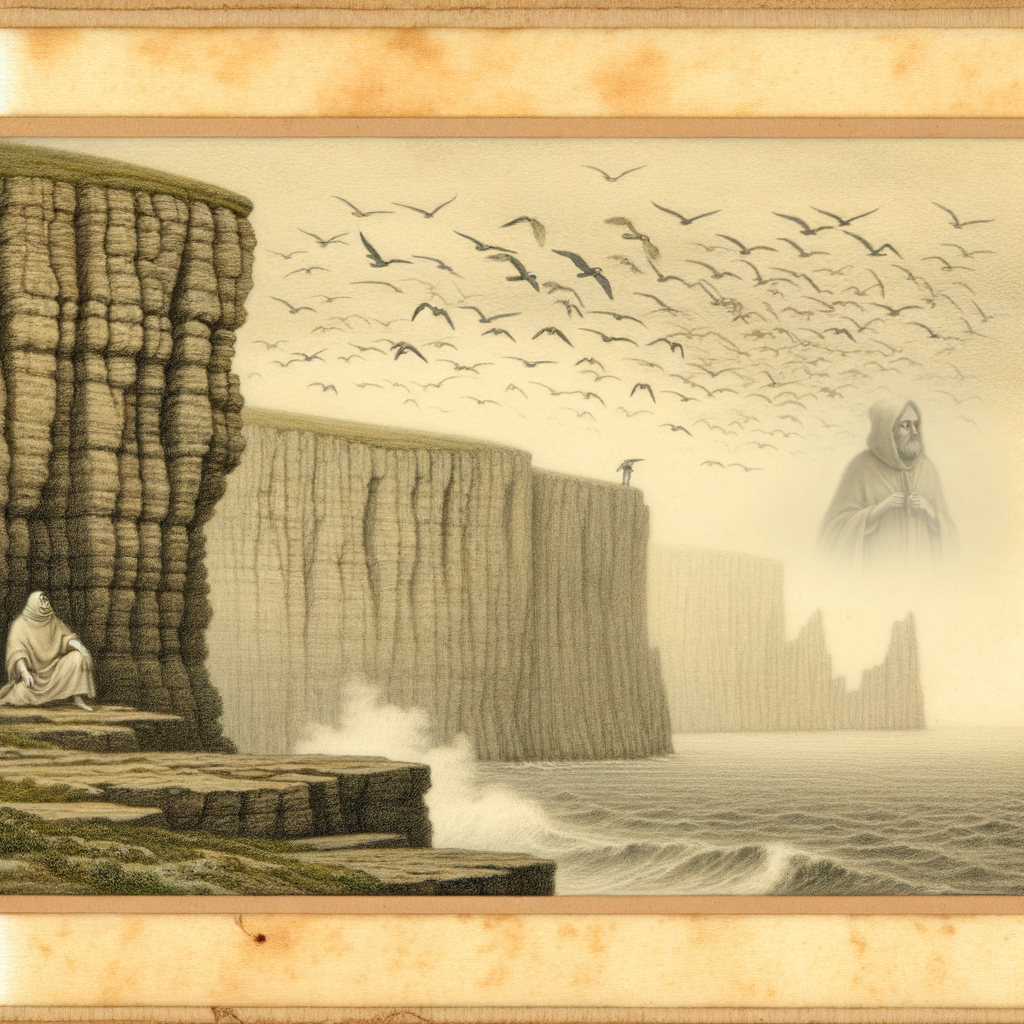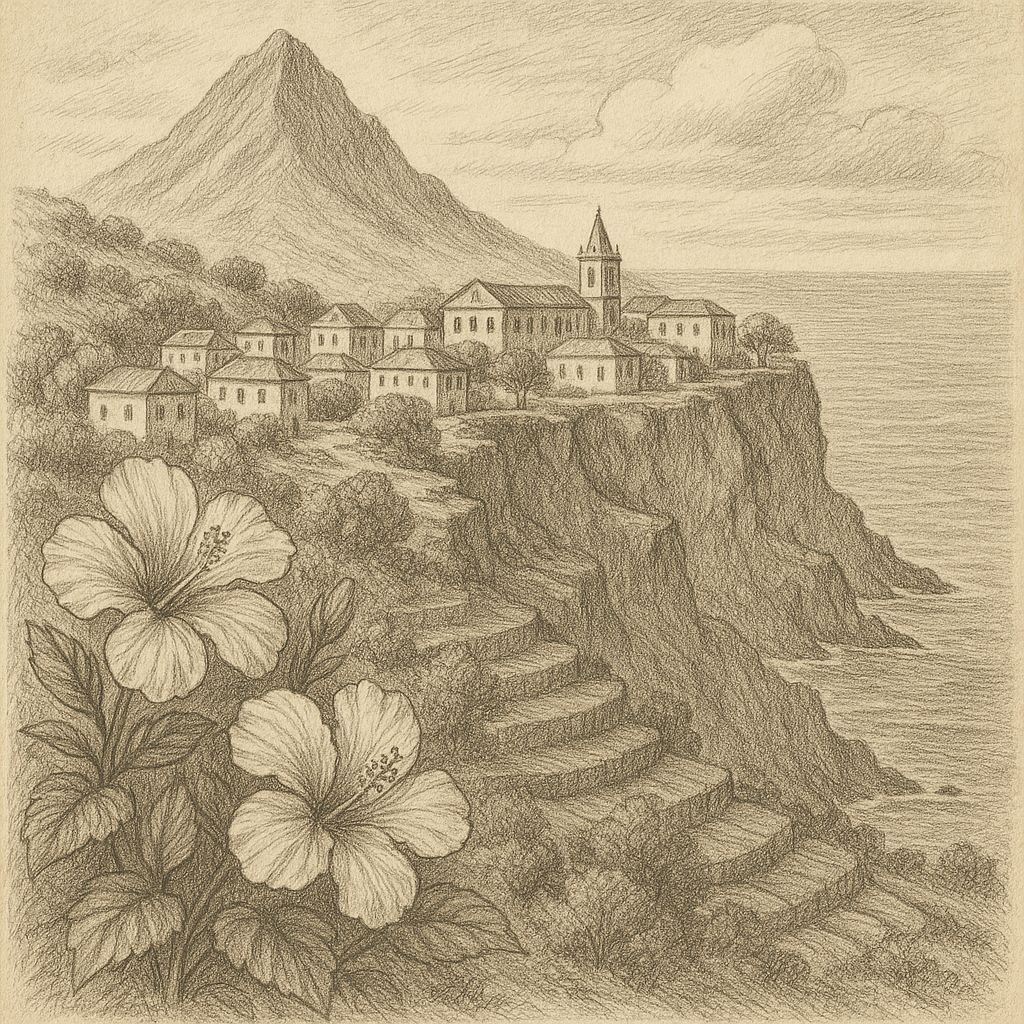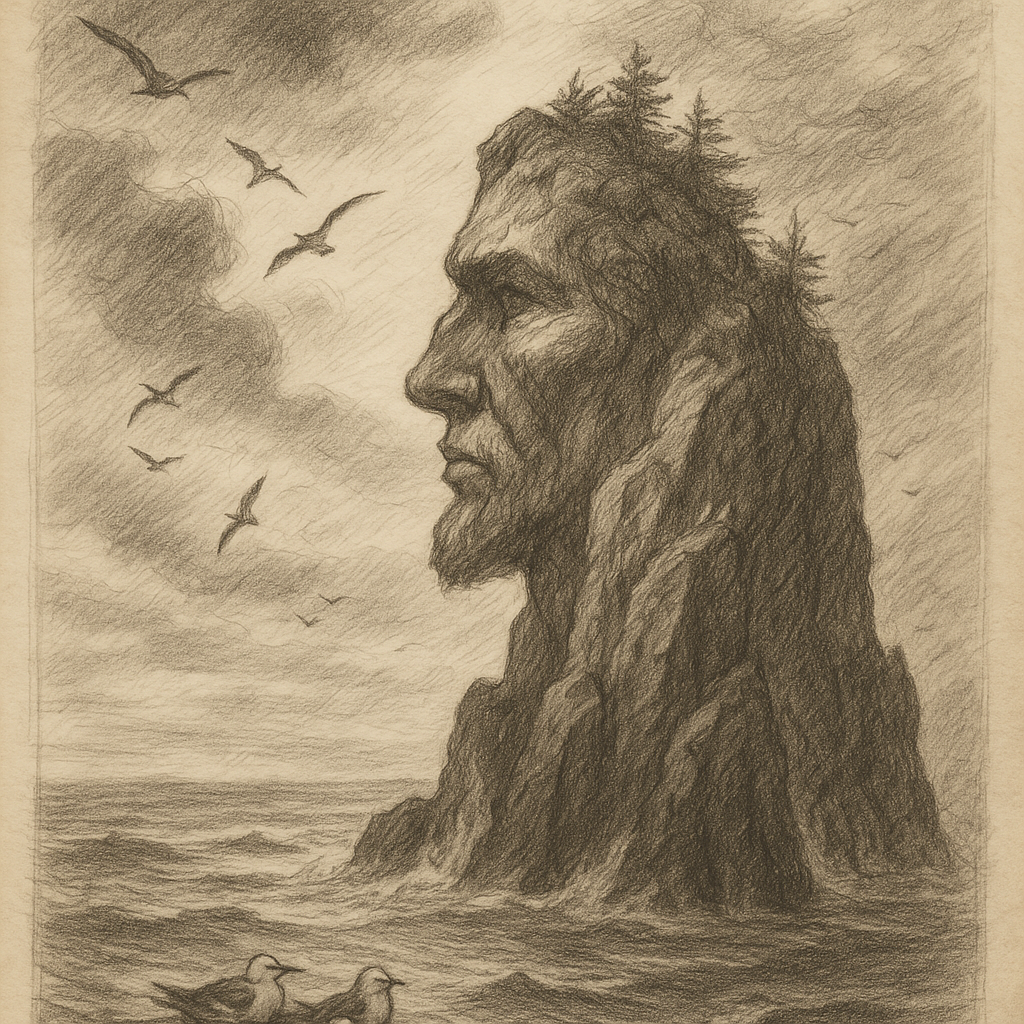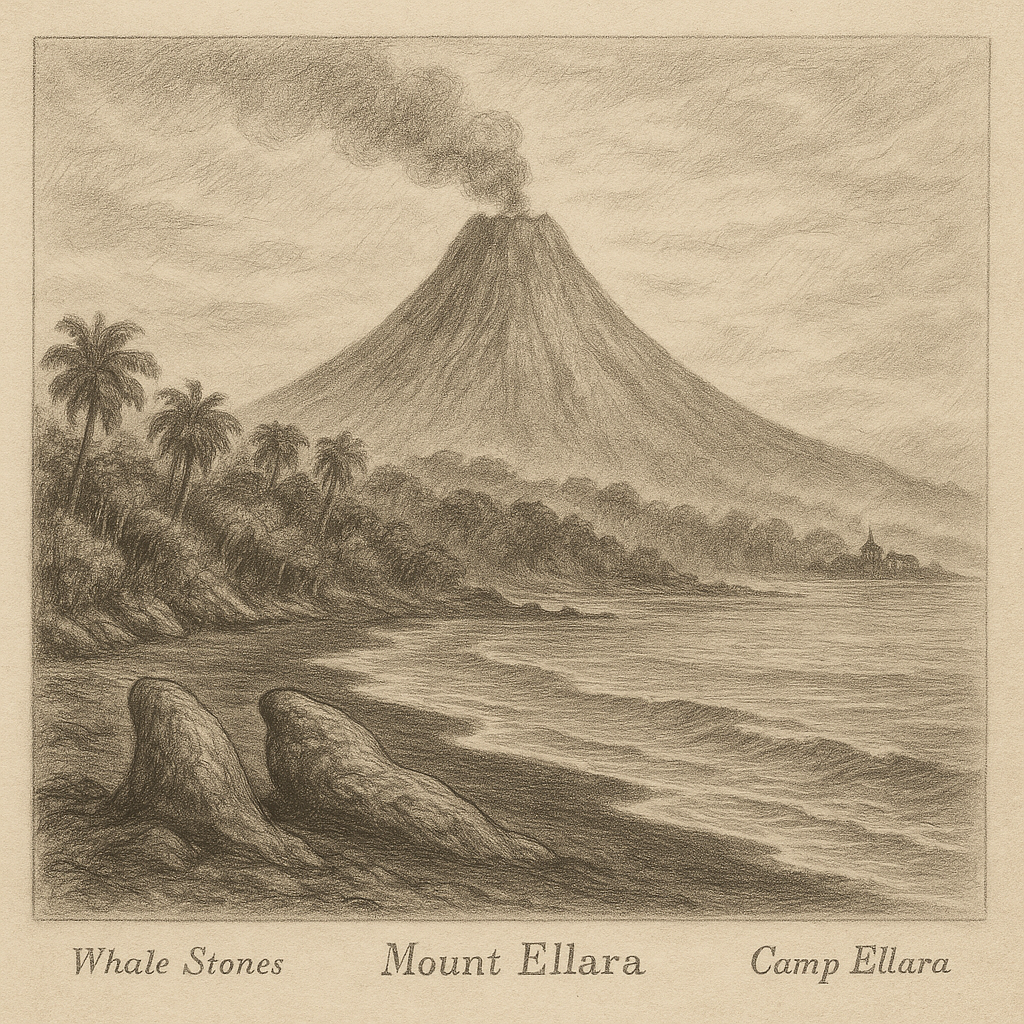Introduction to Saint George Island
Saint George Island is a remote and striking island situated in the Bering Sea, off the southwestern coast of Alaska. As one of the four volcanic islands in the Pribilof Islands group, it plays host to rugged natural beauty, rich ecological significance, and a fascinating blend of history, culture, and folklore. With its volcanic cliffs, sandy beaches, and vibrant wildlife, Saint George Island stands as one of the most secluded yet ecologically important locations in the North Pacific.
Geography and Location
Saint George Island lies roughly 75 kilometers south of Saint Paul Island, its nearest neighbor in the Pribilof Islands chain, and about 300 kilometers from mainland Alaska. The island covers an area of approximately 90 square kilometers, making it the second-largest island in the Pribilofs. Its rugged terrain is defined by volcanic formations, cliffs, and rolling tundra, shaped over millennia by tectonic activity.
Situated near the edge of the continental shelf, Saint George Island is surrounded by nutrient-rich waters, which contribute to its status as a thriving marine ecosystem. Strong winds and cool temperatures define its subarctic climate, with fog and overcast skies being common throughout much of the year.
Volcanic Origin and Natural Formation
Saint George Island is volcanic in origin, formed millions of years ago through a series of eruptions along the Bering Sea’s tectonic zones. The island’s dramatic cliffs and rocky outcrops are remnants of this ancient geothermal activity. While currently dormant, the island’s geology is a testament to its fiery beginnings.
Erosion from wind and sea continues to sculpt the towering sea cliffs that define much of Saint George’s coastline. Caves, sea stacks, and blowholes give visual proof of the relentless natural forces that have shaped and continue to shape the island’s landscape.
Climate and Ecology
The climate on Saint George Island is typically cold and maritime, with average summer temperatures hovering around 10°C and winter temperatures dipping just below freezing. Precipitation is evenly distributed throughout the year, supporting a wide array of tundra vegetation and mosses.
Saint George is home to one of the largest seabird colonies in the Northern Hemisphere. Millions of birds—including puffins, murres, auklets, and kittiwakes—nest along the island’s cliffs. It’s also a critical habitat for northern fur seals, which come to the island each summer to breed.
The surrounding seas are vital feeding grounds for marine mammals such as humpback whales, orcas, and Steller sea lions. These biodiverse waters are a valuable component of the Bering Sea ecosystem and draw scientific attention for conservation efforts.
Inhabitants and Accessibility
Today, Saint George Island is home to a small and close-knit community—primarily consisting of Unangan (Aleut) people. Fewer than 100 people live on the island year-round, making it one of the most sparsely populated inhabited islands in the United States.
The island’s remoteness poses challenges in terms of supply delivery, healthcare, and education, yet residents maintain a resilient way of life rooted in tradition. Subsistence fishing and hunting are integral activities, connecting the community to the land and sea.
Visitors can access the island via infrequent flights from Anchorage or by charter boat, though travel is often limited by weather conditions. Tourism is minimal, and those who travel here often come for research, bird-watching, or to experience its solitude and beauty.
Interesting Facts
Saint George Island may be relatively small, but it offers a surprising number of unique facts and features:
– It hosts some of the largest nesting colonies of seabirds anywhere in the world, with over two million birds present during peak seasons.
– Fur seal rookeries on the island were once central to the commercial fur trade in the 19th century, particularly under Russian and early American control.
– There are more species of breeding seabirds on Saint George Island than on any other island in Alaska.
– The island is home to an exceedingly rare plant, the Pribilof Island bluebell (Mertensia maritima), which grows in only a few places worldwide.
– In 2016, a significant underwater canyon near Saint George was discovered to be a hotspot for deep-sea coral and sponge communities, shedding light on the island’s ecological influence extending far beneath the waves.
Legends and Folklore
Like many remote places, Saint George Island is steeped in folklore and legends passed down through generations. The indigenous Unangan people speak of spirits known as “Aleutian Ghosts,” often seen roaming the cliffs during dense fog. According to tradition, these spirits are ancestors watching over the island, offering guidance and warnings.
Another legend tells of the “Voice of the Sea,” a phenomenon where eerie humming or chanting seems to emanate from the rocks near the water. Some locals say these sounds are the voices of the seal spirits or the cries of long-lost sailors. The island’s isolation and powerful natural surroundings lend themselves to mystery, reinforcing these tales as integral to the island’s cultural imagination.
During the Russian colonization, it was said that a monk from the Russian Orthodox Church once saw the apparition of Saint George himself above the cliffs, riding a white horse and casting a protective eye over the islanders. Whether historical truth or holy myth, the vision became a spiritual cornerstone for the settlement that would later be named after the saint.
Conservation and the Future
Efforts are ongoing to preserve Saint George Island’s fragile ecosystem. The island is part of the Alaska Maritime National Wildlife Refuge, and various agencies work together to monitor and protect its wildlife. Community members collaborate with scientists and policy-makers to address challenges such as climate change, erosion, and marine pollution.
Restoration projects have included the monitoring of fur seal populations and the cleaning of marine debris along the shoreline. Education initiatives in the local school focus on ecological stewardship, blending science with traditional knowledge.
As global awareness of remote ecosystems increases, Saint George Island stands as a critical example of how small, isolated communities and unique environments can aid in the broader understanding of our changing planet. With its ecological treasures and deep cultural roots, the island remains a destination not just for scientists and adventurers—but for anyone seeking to connect with the wild, the ancient, and the enduring.



